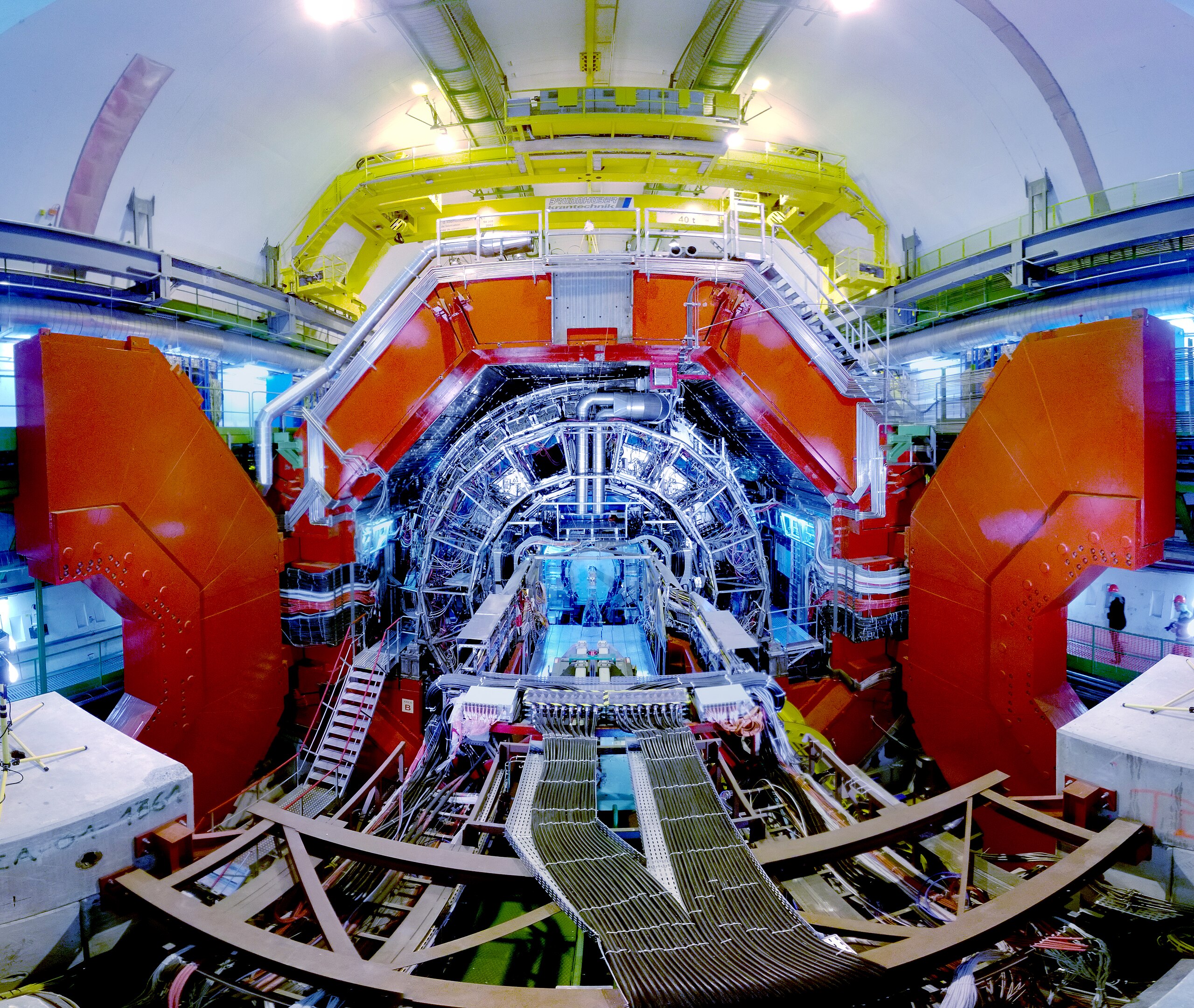
"It is impressive to see that our detectors can handle head-on collisions producing thousands of particles, while also being sensitive to collisions where only a few particles are produced at a time, enabling the study of electromagnetic 'nuclear transmutation' processes."
"When lead nuclei zip past each other at nearly the speed of light inside the LHC, they create powerful electromagnetic fields. These fields can cause particles of light (photons) to strike the nuclei, knocking out protons and changing the identity of the atom."
"The process is rare and short-lived. During LHC's Run 2 (between 2015 and 2018), about 86 billion gold nuclei were formed this way."
"It confirms that the core dream of medieval alchemy of creating gold from lead has been realized through modern scientific advancements."
For centuries, alchemists aspired to transmute lead into gold, a goal realized by modern science at CERN's Large Hadron Collider. Researchers observed the fleeting creation of gold nuclei from lead during high-energy collisions. This transformation occurs when lead nuclei collide near light speed, generating electromagnetic fields that knock out protons. Despite producing billions of gold nuclei, the quantities are minuscule, equating to less than a trillionth of a gram. This breakthrough symbolizes a significant alignment between alchemical dreams and contemporary physics, showcasing the phenomenal capabilities of modern particle physics experiments.
Read at Medievalists.net
Unable to calculate read time
Collection
[
|
...
]